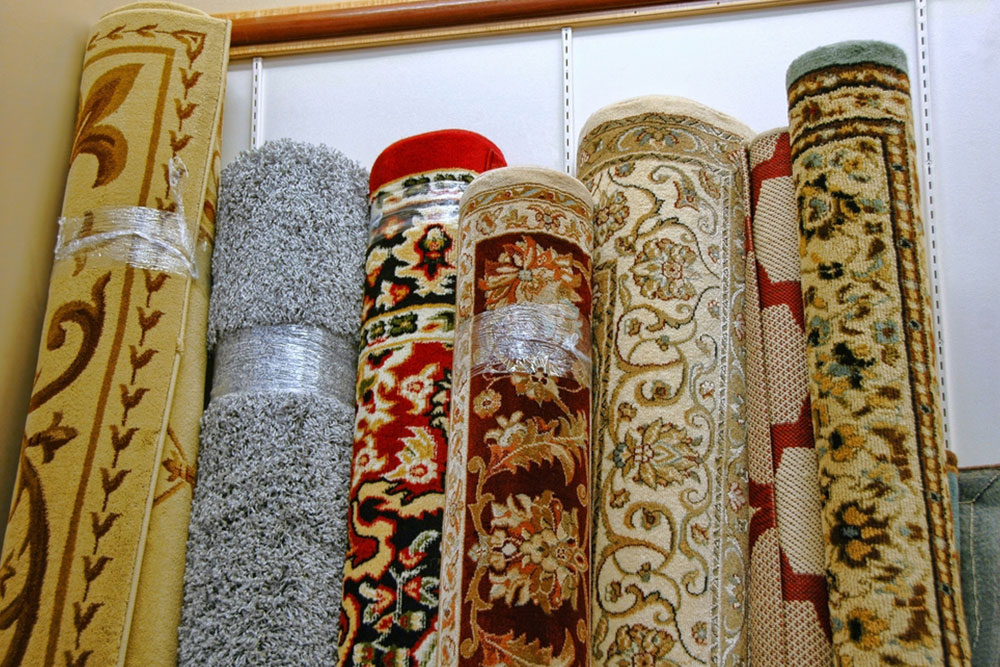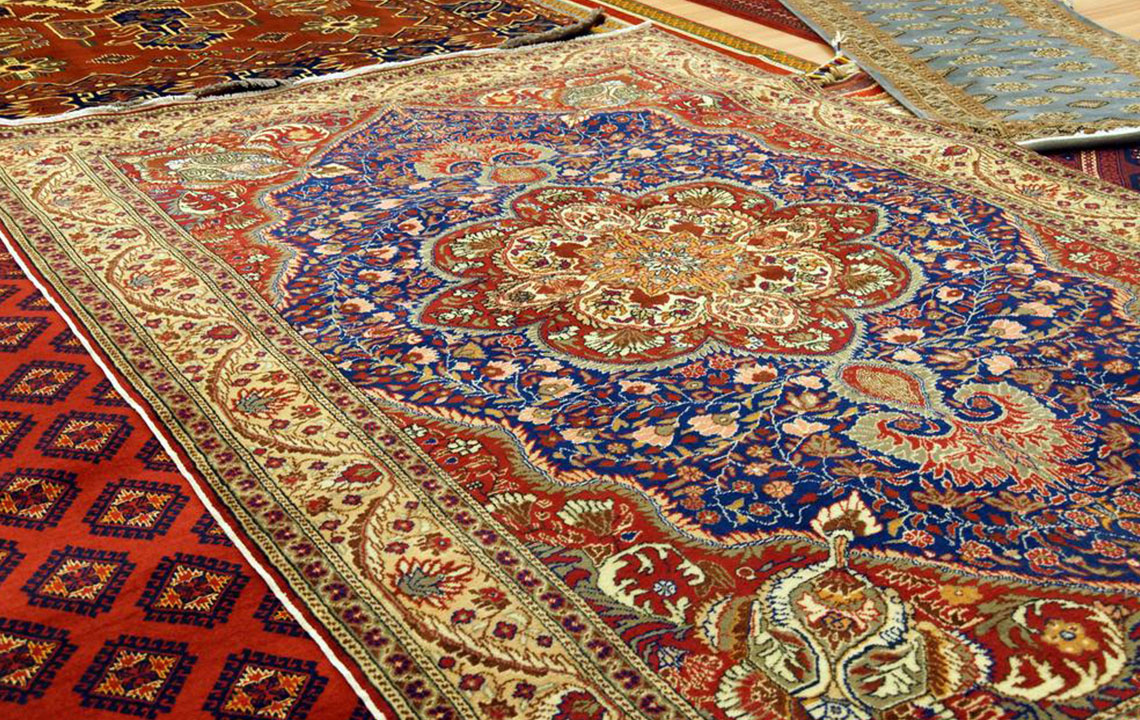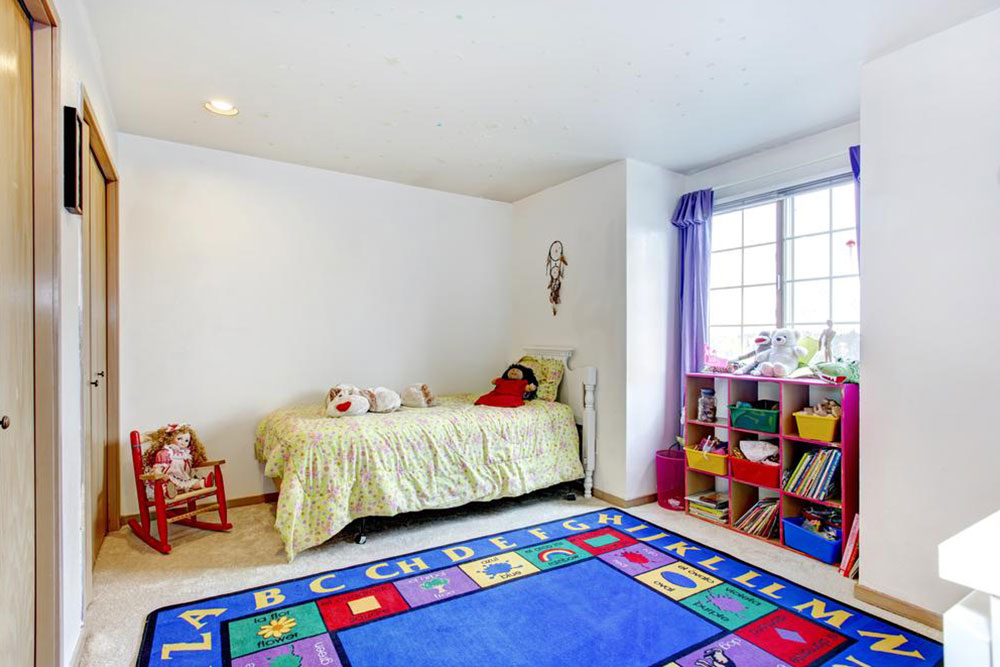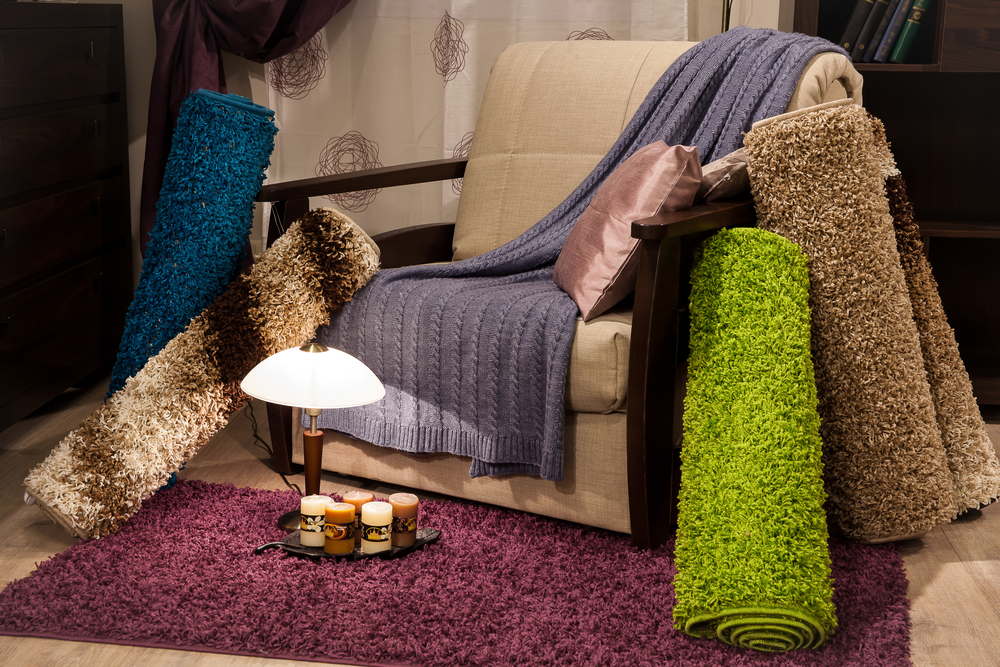Materials Commonly Used in Area Rug Construction
Discover the most popular materials used in manufacturing area rugs, including wool, cotton, synthetic fibers, and hair-on-hide options. Learn about their unique qualities, durability, and suitability for various home decor needs to make an informed choice for your space.

Area rugs play a vital role in home decoration, adding warmth and style to any space. Unlike wall-to-wall carpets, area rugs are designed to cover specific sections of a floor, enhancing aesthetics and protecting underlying surfaces. They're selected based on appearance, tactile feel, and insulating qualities. Additionally, rugs help extend the lifespan of traditional carpets by shielding them from heavy foot traffic, spills, and dirt. They are manufactured from various materials, each offering unique benefits and visual appeal.
Wool rugs: Known for durability and longevity, wool is a top choice for many homeowners. Its versatility allows for many design options, and its dense fibers naturally repel liquids, making spills easier to manage. Wool also retains its appearance over time.
Cotton rugs: Lighter than wool, cotton rugs are easy to dye, providing an extensive color palette. Often braided or flat-woven, they are soft and suitable for high-traffic areas as they are resilient and machine washable. They are also budget-friendly, making them ideal for families.
Synthetic fiber rugs: Typically manufactured on power looms, these rugs include nylon, olefin, and polyester varieties. They can be customized in size, pattern, and color, and are praised for durability and resistance to heavy use. They also feature a pleasant sheen, enhancing their visual appeal.
Hair-on-hide rugs: Crafted by skilled artisans, these rugs showcase a contemporary, natural aesthetic. Made from cowhide, they display unique patterns and are stitched and glued onto cotton-latex backing. Regular rotation helps maintain their appearance and wear evenly.
When choosing a rug, material quality is a critical factor. Understanding the advantages and disadvantages of each kind helps in selecting the best option for your living space.
Note: Our blog offers diverse and practical information sourced from extensive research. While informative, these articles should not be considered definitive. The platform disclaims responsibility for inaccuracies and suggests verifying details independently. Some promotional offers or schemes discussed may not be comprehensive or current.










